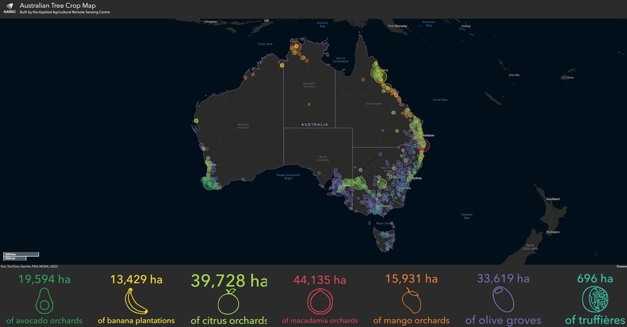A $1.7 million initiative aims to transform how fruit growers in Australia respond to biosecurity threats. The program involves apricot, cherry, dried fruit, lychee, nectarine, peach, and plum producers logging location data through an app, leveraging citizen science to protect against pests and disease. The mapping of location data is intended to safeguard industries by enabling first responders and authorities to swiftly plan protection zones during pest and disease incursions.
This initiative, delivered by Hort Innovation and led by the University of New England's Applied Agricultural Remote Sensing Centre in collaboration with Future Food Systems CRC, represents an expansion of the Australian Tree Crop Map. This map services eight tree crop industries, offering applications in market access, traceability, yield forecasting, carbon storage, regeneration, and drought resilience.
Hort Innovation CEO Brett Fifield highlighted the map's role in biosecurity preparedness. "The Australian Tree Crop Map has repeatedly proven its worth, particularly in the face of biosecurity challenges like the Varroa Mite incursion," he stated. "With its ability to quickly pinpoint areas of concern, the map is an essential tool in managing biosecurity risks and equipping the industry with the timely data needed for an effective response."
Cherry Growers Australia president Alison Jones noted the map's impact on the industry. "Being part of the Australian Tree Crop Map provides cherry growers with vital data to not only manage production more effectively but also to stay ahead of potential biosecurity threats and mitigate their impact," she said.
University of New England senior researcher Dr. Craig Shephard commented on the map's significance. "The Australian Tree Crop Map, created to Australian mapping standards and freely available for industry use, is rapidly advancing as a benchmark for industry-wide spatial data adoption. This data is critical for early biosecurity detection, risk assessment, and response coordination," he stated.
Source: Hort News

